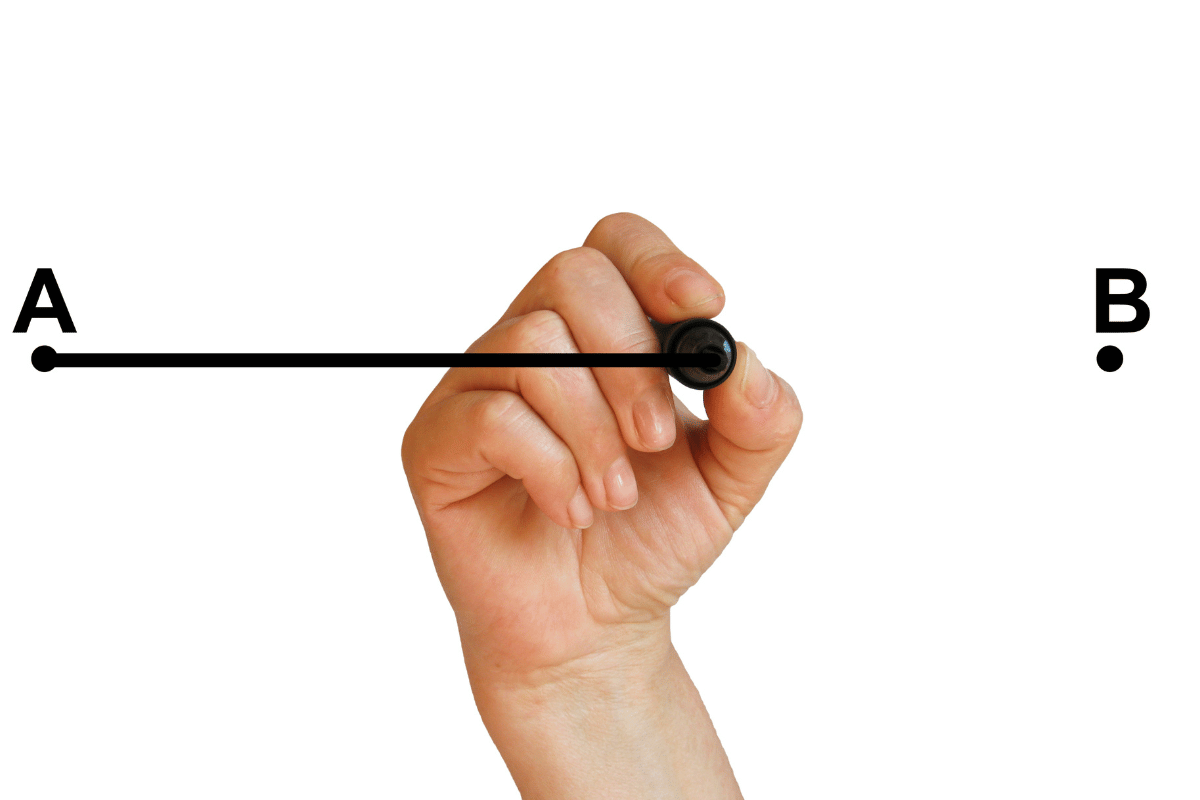July 28, 2025
Michel is lost in the company.He must complete 150 courses in no precise order, which makes him ineffective and generates a waste of time and money for the company.Trainings are given in a disorganized manner and with unsuitable teaching methods, which creates stress for Michel and slows down his rise in skills.Activity managers or experts write documents containing rules and then integrate them into the training matrices without taking into account the context in which training will be provided. To remedy this In a current situation in the industry, here are 5 tips for well-sized, orderly and delivered training courses with the right pedagogical approach.

Michel is at his workstation. The segmentation between EHS, HR, Quality, behavioral or technical training courses is only artificial. So when Michel carries out an activity, he must simultaneously master the technical gesture, the right behavior and the respect of safety and quality instructions, among others. I will give you an example: you want to teach Michel how to cook pancakes. In your own world, Michel will first take a course on the risk of burns in general, then another course on hygiene in the kitchen, and finally a training course on the use of cooking appliances. After all this, training will be offered to learn how to cook, but it will only focus on filling the pan and cooking time. During this time, the learner will have already forgotten everything else. Besides, here is a link toAn article on the forgetting curve, if you missed it. In the future, describe the activity “baking pancakes.” In the “cooking pancakes” training, integrate the risk of burns, pan hygiene, etc. Integrate all the elements at the same time.

A big problem with your courses is that they are inevitably biased by the way of thinking of the people at home who designed these courses. In short, there are four logical levels that you have to go through in order to have a complete learning experience:
The problem is that we all have a natural cognitive preference. For example, my preference is the “what.” Therefore, if I design a course without disciplining myself, it will be mostly focused on the “what.” However, if Michel is naturally focused on the “why” or the “how”, he will completely miss out on my training. Once you are aware of this, you must make sure that your training covers all logical levels.I am going back to my example of baking pancakes: The “how” is obvious. All you have to do is show Michel how to oil the pan, how to spread the dough, and how to turn the pancake. The practice is also obvious. All that is needed is for Michel to be doing it under the supervision of the trainer. But the “what”? What is a well-cooked pancake? Show Michel a finished pancake, with the right thickness, the right number and the right size of the spots, the right color, the right level of elasticity. Michel must be trained on the “what” .And the “why”? Teach Michel why it is important to have well-cooked pancakes. Let him experience the emotion of tasting a perfect pancake, the emotion of a dinner with friends where you laugh and feel good. Cooking a pancake is not simply putting a ladle in a pan, it is offering a moment of happiness to the people you love. The “Why” component is generally overlooked in your training.You can also find the content of this article on our YouTube channel, and subscribe 👍

This is the most effective order from a neurological point of view. Let's go back to our pancakes... Start by sharing the pleasure of tasting a very good pancake with delight. Then, your interlocutor will have only one desire: to do one himself. But before you know how to cook a pancake, explain the critical parameters:
Then, show them how to do it in a video tutorial or a guided demonstration. This is the “how” part.Ask him to make a few pancakes in front of you and taste them so that he can compare his creations with the reference one. So, you will have an effective training.

A drawing is better than a long speech. Drawing the path allows you to exchange it with other people and to make it explicit before it is integrated into the LMS.Here is an example of visual inspection activities in the pharmaceutical industry.Before knowing how to view bottles or syringes, Michel must understand what a mirage is in general, then a manual mirage in particular.Then, he must learn the technical characteristics of a good mirage, based on AQL (acceptance quality). level) and UCL (upper control limit) .It's a bit like the parameters of a good pancake. Then, he must understand his role in the mirage, his responsibility and the tasks of each one. Finally, he can learn how to do it by watching video tutorials and then by moving on to practice in front of his instructor during his field certification.

Most LMSs have a curriculum function, or even a program or training plan function. Rather than putting your training elements in bulk in Michel's sheet, force yourself to organize curriculums, one for each activity, and group these curriculums into a training program for Michel.Not all LMS are equal in terms of the performance of these functionalities. It is therefore important to check with a specialist how to set up all this in your LMS. If you think you need help with this, contact us.
Share this video with your documentation and training teams. Encourage them to create initial curricula for one or more activities, in the order “why/why/how/practice.” Take a full position, create all the curricula and the complete career path for Michel.You can also get free access to a portion ofour DOC&Training simplification training on our website.See you on the other side! See you soon!
Des formations conçues par des experts métier, régulièrement mises à jour pour coller aux exigences terrain. Découvrez nos modules les plus suivis et les mieux notés par les professionnels.

Formation complète sur les Bonnes Pratiques de Fabrication (BPF) adaptée à votre profil professionnel dans l'industrie pharmaceutique et vétérinaire.

Maîtriser les techniques et les procédures essentielles.

Les procédures essentielles d'hygiène et de sécurité pour le personnel...